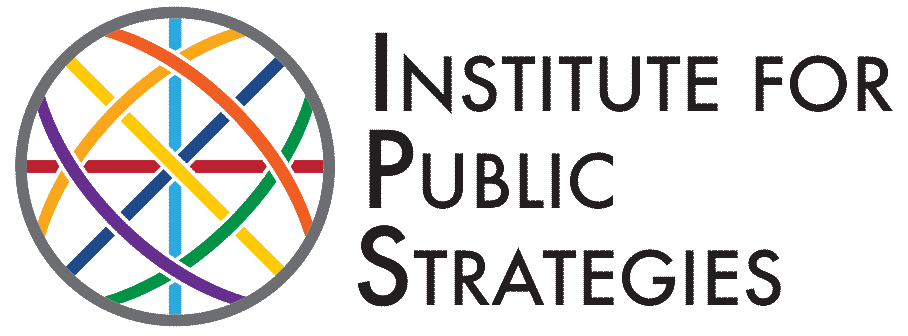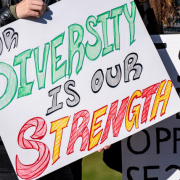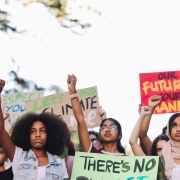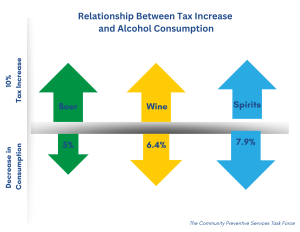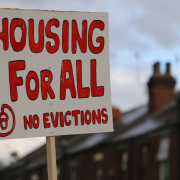Why IPS is Doubling Down on DEI, Not Backing Away
If you’ve been paying attention to the news in the last few months, you’ve heard the term DEI thrown about, either as something dangerous or something to defend. Politically and socially, the concept of DEI is under attack from the highest executive levels, being labeled a threat to our national well-being. But when you break down the allegedly threatening acronym, it stands for diversity, equity, and inclusion.
What DEI truly comes down to is making sure that in any given space, including the workplace, there are people from a wide range of backgrounds and identities (diversity), who are all on equal footing with the tools they need to succeed (equity), in a space where they feel welcomed and celebrated for who they are (inclusion). With that in mind, it’s shocking and upsetting to see how our government and so many corporations and even fellow nonprofits are working to scrub all mentions of DEI from their websites, policies, and practices. We must be tuned into this reality and its impact on all Americans.
Most politically charged conversations surrounding DEI stem from the myth that it exists just to meet a quota or check a box, but this is simply not true. In public health, for instance, trust is built with the communities we serve by ensuring cultural competency. A diverse workplace brings a broader range of perspectives for problem-solving, breaking down homogeneous approaches that overlook the unique circumstances of different populations or situations. These broader perspectives contribute to more effective community-based programs and enhance performance at the organizational level.
DEI programs are designed to dismantle barriers to opportunities that have historically been denied to disadvantaged populations based on race, ethnicity, skin color, gender identity, disability, sexual orientation, age, or socioeconomic status. We are living in a time when DEI is uttered in the same breath as “illegal and immoral.” And yet, it was systemic racism – both illegal and immoral – that brought about DEI’s foundation through the Civil Rights Act of 1964 in the first place.
In this context where DEI is taboo, the Institute for Public Strategies is committed to doubling our efforts toward diversity, equity, and inclusion. We go one step further and add accessibility to our list of priorities, using the acronym IDEA for inclusion, diversity, equity, and accessibility. Accessibility extends our commitment to equity to deliberately include those with mental and physical disabilities, which includes actively assessing our workplace policies to be more equitable and inclusive of disability justice.
Why is IDEA so important to IPS? Our organizational vision is safe, secure, vibrant and healthy communities where everyone can thrive. Even if our values are under attack, we must continue to serve marginalized communities who have faced historical trauma. Because of the inequities these communities experience, they may require additional support and resources to reach that state of thriving instead of just surviving. If we concede on our commitment to IDEA, out of fear for funding or political retribution, only more rights and freedoms will be stripped from us in time. We must take a stand now, and insist that no one be left behind in our work.
Leading the charge at IPS in vigilantly and consistently upholding these values is our IDEA committee, which consists of seven staff from across our three offices. In addition to monthly office hours, the IDEA Committee hosts quarterly trainings that we call “Café Citas” which loosely translates to “coffee dates.” Café Citas are a chance for staff to join the IDEA team for interactive, in-depth discussions about IDEA. Recent topics included how to interrupt oppressive behavior; elections and public health; and DEI and power. Staff leave with tools they can apply to their work and personal life to strengthen their commitment to IDEA.
The IDEA Committee is also working with the IPS Executive Team to implement our 5-year plan to expand our capacity around diversity, equity, inclusion, and accessibility. The plan includes three pillars: recruiting and retaining diverse talent across our teams; creating internal systems that facilitate standardization and promote equity and inclusion; and developing internal capacity to embody and empower diversity, equity, and inclusion internally and externally. We want IDEA to be integral to the fabric of our programs, informing how we approach community outreach, education, and prevention.
IPS remains committed to not only maintaining the work we’re doing in inclusion, diversity, equity, and accessibility but to learning and growing more into that work in the coming months and years. Doing so is not just good company policy. It’s a moral imperative.
Venture Griswold (they/them) is program manager of the IPS West Hollywood Project, co-facilitator of the Safer WeHo Coalition, and chair of the IPS IDEA Committee.
